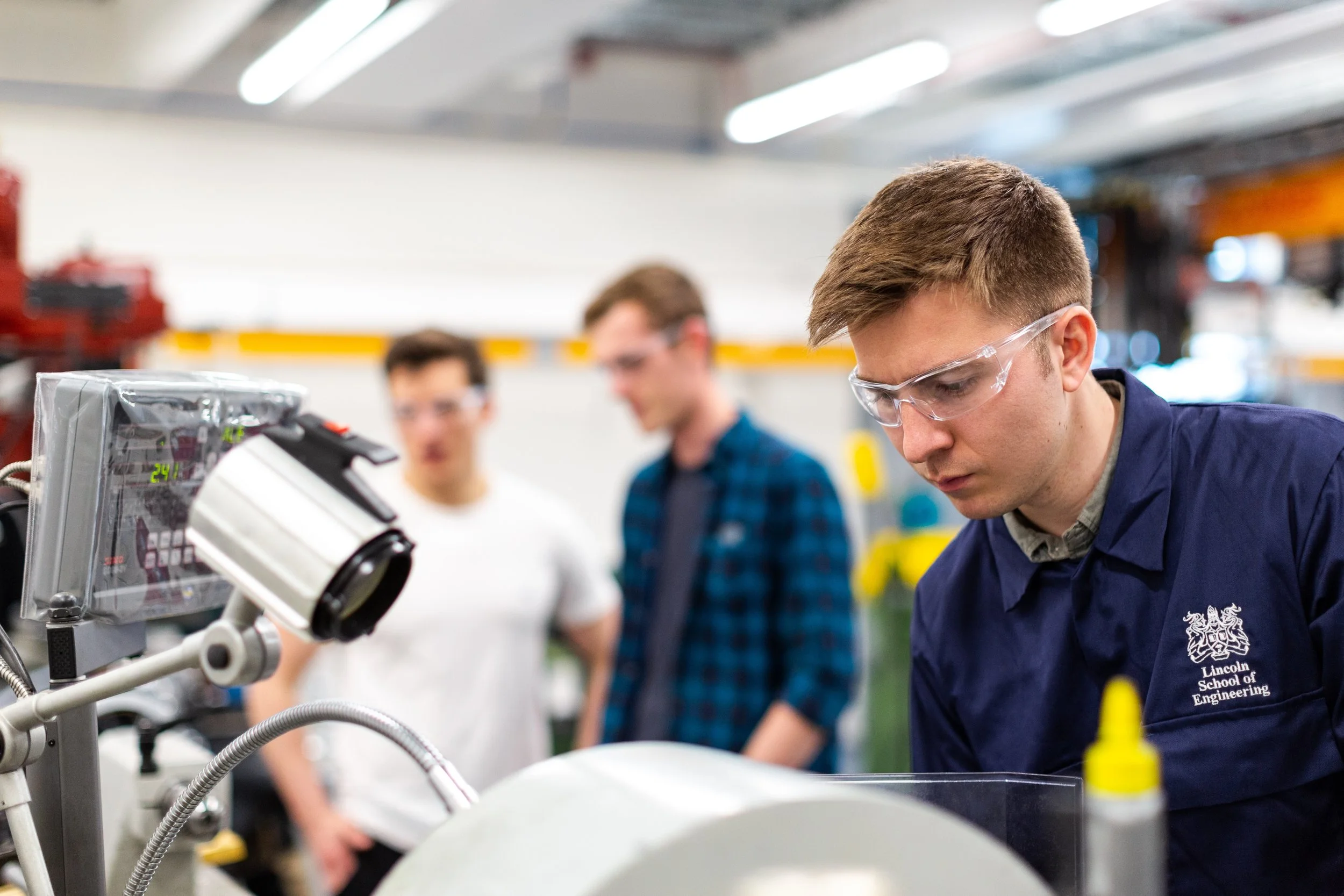Looking for a Supercapacitor Battery?
When it comes to powering dynamic, high-power applications, batteries are inefficient and expensive. Luckily, there is a solution - supercapacitors. Supercapacitors are well-known for their ability to help batteries do more by storing large amounts of power by leveraging their extremely low internal resistance. This makes them ideal for demanding applications that require fast charging and discharging. In this blog post, we will discuss the shortcomings of batteries, supercapacitor technologies, advantages of pairing them with batteries to create the best of both worlds and explore popular supercapacitor solutions.
Batteries Have Shortcomings
Batteries, while commonly used in applications that require long-duration energy storage capacity, have several shortcomings that make them inefficient and expensive in dynamic, high-power applications. One major drawback is their limited power density. Batteries have a lower power density compared to supercapacitors, which means they cannot provide high bursts of power quickly. This can be a problem in scenarios where peak power capacity is crucial. Additionally, not all batteries are the same. Choosing battery chemistries and constructions that are more capable of high power comes at a cost, either in terms of energy storage capacity, cycle life, or price per kWh ($/kWh). Some chemistries, like lithium-titanium-oxide (LTO), are very capable of such high bursts of power but they store significantly less energy than mainstream chemistries like lithium iron phosphate (LFP) and cost 5x more per kWh.
Additionally, batteries have a limited lifetime due to their chemical reactions. The constant charging and discharging cycles cause degradation over time, resulting in reduced capacity and performance. Another limitation of batteries is their slower charging and discharging rates. They take longer to charge, and discharge compared to supercapacitors, which can be a significant disadvantage in time-sensitive applications. Moreover, batteries rely on finite resources such as lithium, which may pose sustainability issues in the long run.
Batteries have shortcomings when it comes to power density, lifetime, charging and discharging rates, and resource sustainability. Alternatively, supercapacitors have high power densities, long lifespans, fast energy transfers, and a more reliable supply chain. You probably already knew that, and it is likely why you are reading this article and searching for a "supercapacitor battery." You want to know if it’s possible to get the best of both worlds, and good news, it is.
What are Supercapacitors?
Supercapacitors, also known as ultracapacitors, are an energy storage technology that heavily relies on an electrostatic mechanism to store energy. This is why they are safe, reliable, and so capable of handling short bursts of power. Supercapacitors are essentially the opposite of a battery, which relies heavily on a chemical mechanism to store energy.
Supercapacitors have a power density that is >10x greater than batteries, allowing them to deliver more power per unit weight. This makes them ideal for applications that are dynamic, intermittent, and require high power capacities. Since supercapacitors do not rely on chemical reactions, they can charge and discharge much faster.
Cells like these are connected together to form modules that are connected together to meet requirements of a given application
Another advantage of supercapacitors is their longer lifespan. Batteries degrade over time due to the constant charging and discharging cycles, resulting in reduced capacity and performance. Supercapacitors, on the other hand, can withstand thousands, if not millions, of charge and discharge cycles without significant degradation.
Supercapacitors are not perfect though. They are poor options for long-duration energy storage projects. A battery or fuel cell is a much better option if that is what you need. Batteries have an energy density that is >10x greater than a supercapacitor, which shows up in the cost per kWh and is a major impediment to using supercapacitors in applications that require longer-duration storage.
Supercapacitor for Dynamic, High-Power Scenarios
Supercapacitors have found numerous applications in dynamic, high-power scenarios, offering superior performance compared to traditional batteries. One prominent application is in electric vehicles (EVs) and hybrid electric vehicles (HEVs), where the high-power density of supercapacitors allows for rapid energy transfer during acceleration and regenerative braking. This enables faster charging and discharging cycles, optimizing the overall efficiency of the vehicle.
Renewable energy systems, such as wind turbines and solar farms, can also benefit from the use of supercapacitors. Supercapacitors can help balance the intermittent nature of renewable energy sources and enable ancillary services like frequency response for the grid. This allows for a more stable and reliable power supply using renewable energy sources, which will become increasingly important as more renewable sources are connected to the grid.
Supercapacitor Design Considerations
When considering the design of a product that utilizes supercapacitors, there are several important considerations to keep in mind. One key aspect is the power requirements of the application. Supercapacitors are known for their high-power density, which means they can deliver quick bursts of power when needed. The key question is how much power is needed for how long before the supercapacitors can be recharged?
Another factor to consider is the voltage rating of the supercapacitor. It is essential to choose a supercapacitor with a voltage rating that matches or exceeds the maximum DC voltage of the application where the supercapacitor will be connected. Unlike a battery, supercapacitors have a very wide operating voltage range and can discharge down to nearly 0V. It is important to consider the cutoff voltage of the application because the storage capacity of the supercapacitor is related to the voltage range of the application.
The Road to a Supercapacitor Battery
Here is the thing though, a supercapacitor-only energy storage system will have shortcomings just as a battery-only system would. They would be a different set of shortcomings and challenges, but there is no one-size-fits-all energy storage technology. A battery-only system will be oversized to meet peak power requirements while a supercapacitor-only system will be oversized to meet energy storage requirements.
Instead, these technologies need to be working together as a team. Both batteries and supercapacitors have abilities and characteristics that the other does not have. To reach net zero goals in renewables and e-mobility, the war between batteries and supercapacitors must end. These technologies use different chemistries and are physically different.
That is not to say there will never be a Supercapacitor Battery. Just that there are a few words missing after it: Hybrid Energy Storage System. Pairing supercapacitors with batteries is a known solution to address shortcomings. As we have been saying, where one is strong the other is weak and vice versa. Working together as a team is the best solution we have short of waiting for the next Nobel Prize-winning breakthrough in chemistry.
Batteries need supercapacitors. Supercapacitors need batteries. In many applications, we recommend pairing the most energy-dense batteries with power-dense supercapacitors. The batteries are sized for energy storage and steady-state power requirements while the supercapacitors are sized for peak power requirements. The result is the best of both worlds, a hybrid future.
How to Choose the Right Supercapacitor for Your Battery
There are different kinds of supercapacitors just like there are different kinds of batteries, one of their few similarities. When it comes to choosing the right supercapacitor for the project, there are a few factors to consider: the battery and available space.
Complementing a battery with a supercapacitor may create more design flexibility with battery selection since the stress of peak power scenarios is taken off the battery by the supercapacitor. This may make it possible to use a less expensive battery or use a battery with a higher energy density that takes up less space. It is important to review the power profile and use case data ahead of selecting the battery and supercapacitor.
The second major question is how much space is available. If the application is a solar farm in the middle of the desert where land is cheap and extra space is available - use a traditional supercapacitor energy storage system to pair with batteries. We recommend checking out products from Skeleton, AVX, and Maxwell. These companies are very good at what they do (making supercapacitor cells, modules, and systems).
But what if space is not abundant? This is often the case for electric vehicle OEMs, solar car ports, EV charging systems, commercial and industrial energy storage systems, and even microgrids installed at the local park. We recommend our supercapacitor products for that. First, our supercapacitors come in a flexible, cable-like form factor and are an end-to-end solution specifically designed to complement batteries as a hybrid energy storage system. Just about every power application requires wires and cabling to move energy from one place to the other. When space is limited, it is time to add a new feature to that infrastructure and turn it into an energy storage asset. Our products connect renewables (sources) and long-duration storage (batteries or fuel cells) together and to their load (like the grid, an EV, or the motor inside an EV).
Supercapacitor Battery Hybrid Energy Storage System Case Study
Capacitech helped Red Bull power an event in the middle of the desert. Our job was to complement the battery and help it power an extremely dynamic and unpredictable load. Solar power was used to charge a 5kWh battery, which was then connected to the load through our supercapacitor-cable routed through the bushes to stay discreet and camera friendly. Thanks to the supercapacitors, our power electronics, and control algorithms, we were able to power the load successfully (something the battery could not do on its own).
Frequently Asked Questions About Supercapacitors
1. How do supercapacitors compare to batteries?
Supercapacitors have several advantages over batteries. They have a higher power density, meaning they can deliver quick bursts of power when needed. They also have a longer lifespan, with the ability to endure thousands, if not millions, of charge and discharge cycles. Additionally, supercapacitors have faster charge and discharge rates compared to batteries, making them suitable for time-sensitive applications. Batteries also have several advantages over supercapacitors, such as their high energy density and ability to meet long duration requirements.
2. Can supercapacitors replace batteries completely?
Supercapacitors might replace batteries in a select few applications (such as in IoT devices that do not require energy to be stored for hours) but are not meant to replace batteries completely. Instead, batteries and supercapacitors should be working together as a team to get the best results.
3. Are supercapacitors more expensive than batteries?
Tough question. Batteries are cheaper per unit of energy ($/kWh) but supercapacitors are cheaper per unit of power ($/kW). However, supercapacitors have a long lifespan that can lead to cost savings in the long run.
4. Why are supercapacitors not used more often?
There have been two historical challenges facing supercapacitors. The first is that there are fewer off-the-shelf solutions available to integrate supercapacitors with batteries and renewables (Capacitech fixed that). The second is that space is limited and needs to be optimized for the priorities of the project, creating a competition between them and other energy storage technologies (Capacitech fixed that too with our cable form factor which makes it easy to hide supercapacitors inside wiring infrastructure).







